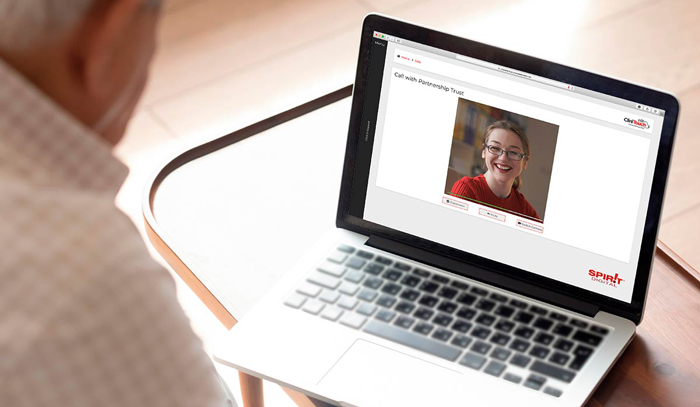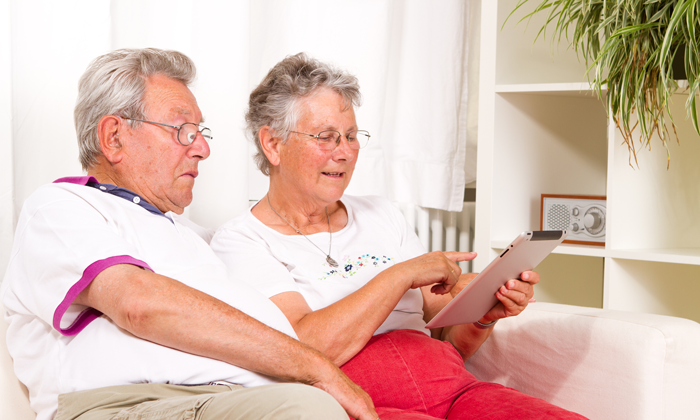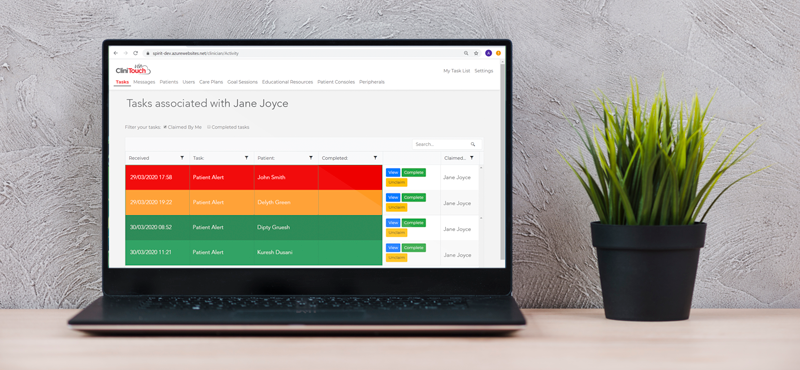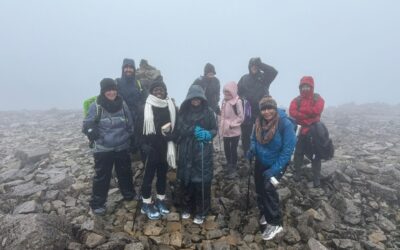By Sophie Davis-Cooper on October 30, 2020
The British Heart Foundation has published a new report ‘Heart failure: a blueprint for change’ to highlight the challenges faced by heart failure patients in the UK – almost 1 million people. The report underlines the devastating impact COVID-19 has had on the NHS and how it exposed significant inequalities in healthcare that existed before 2020. The need to ‘build back better’ is emphasised, as we see many types of patients, especially those with heart conditions, deprived of the speedy delivery of good quality healthcare.
In response to this report, we have explored the top seven ways remote monitoring can help heart failure patients live a better quality of life for longer.
A growing concern
There is no cure for heart failure, and 98% of heart failure patients live with another long-term condition, rendering them multi-morbid and more complex to manage.
As a result of the ageing population and an improving survival rate from acute cardiac events, the burden of heart failure in the UK is increasing.
There are more than 100,000 hospital admissions each year in the UK where heart failure is the primary diagnosis, having grown by almost a third in the past five years[1].
Emergency admissions can occur for many reasons, from patients suffering with breathlessness to chest pain. On average, heart failure patients stay 10 days in hospital, which is twice the national average of five days[2]. Furthermore, up to a quarter of these patients are readmitted within 30 days of discharge[2].
How can remote monitoring help?
Remote monitoring aims to make healthcare easier for both patients and clinicians. Using an online platform, healthcare providers can communicate with patients and track their condition within a ‘virtual ward’. This development has empowered patients with long-term conditions to self-manage in the comfort of their own homes, and enabled clinicians to utilise their time and resources more effectively.
1. Digitally connecting patients with clinicians
Connecting heart failure patients with their clinical team via a digital platform, allows their health to be monitored 24/7 in the comfort of their own home.
This reduces the number of doctor and hospital appointments required, empowering the patients to be more independent and lead relatively ‘normal’ lives. Whether it means allowing a patient to rest in the comfort of their own home or enabling a patient to continue with full-time work with less interruptions, remote monitoring can enhance their quality of life.
Having a direct connection with one’s clinician can also provide heart failure patients with reassurance and give them peace of mind that their condition is being checked on a regular basis.








